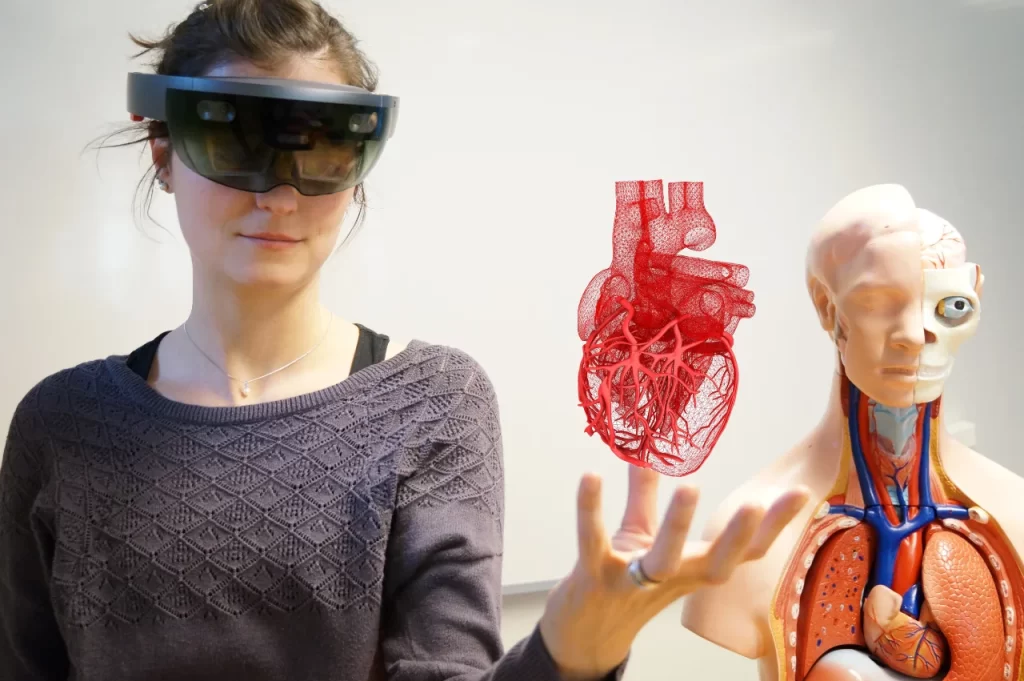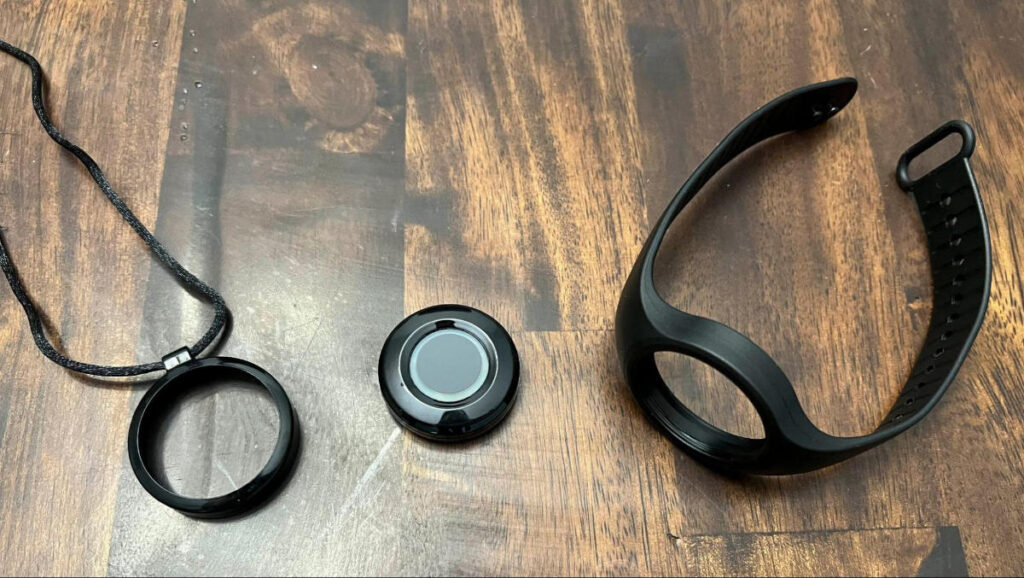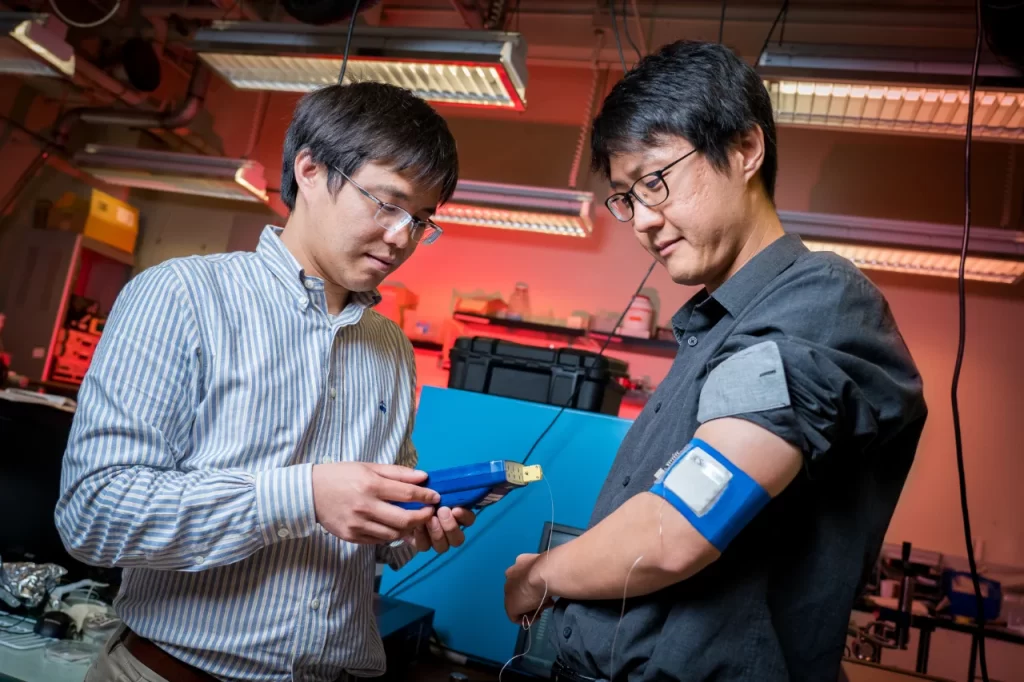MedicalAlertBuyersGuide.org is an independent review site. We may earn money when you click on links on our site. Learn More
The Wearable Technology Future
Burgundy Waller, also known as ‘Chip Girl,’ made international news for her TikTok videos. She had an RFID chip installed in her hand. It gives her entry through electronic doors, opens cabinets, and controls her household appliances. Some people hailed her as a very early adopter of tech that may soon be commonplace. Others were just shocked, but is this story really so outlandish?
Many of us have already integrated tech into our everyday lives. All day long, most people are no more than a few feet from their phones. Meanwhile, the first thing some do in the morning is strap on a fitness watch or pop in a Bluetooth-capable hearing aid. Surgically implanted chips sound extreme. However, the world of wearable personal technology is growing fast. Some of the biggest early adopters may surprise you.

Who Wants Wearables?
Seniors have a reputation for being tech-averse. This isn’t really accurate considering they’re the early adopters of a lot of today’s wearable technology. The Life Alert pendant is probably the most well known form of mobile personal emergency response systems, or mPERS. These devices offer a wealth of different functions, from GPS tracking to voice activation.

One exciting new field for senior wearables is fall detection. As readers of our reviews know, this is often combined with features like voice activation or automatic connection to a help center.
This technology doesn’t just have the potential to make retired peoples’ lives safer and more independent, it can also help in the workplace. This applies also to those seniors who are still working, as some decide to delay retirement, while others take on part-time jobs for supplemental income. An mPERS can give them and their loved ones peace of mind that if there’s an accident or health emergency, help is on the way.
It’s not just older adults who can benefit in the work zone. Vulnerable and remote workers have been clamoring for wearable tech to keep themselves safe. These include people from all incomes and job fields – think of remote delivery drivers bring meals after dark, realtors meeting a stranger in an empty house or the lone clerk working in a liquor store.
An mPERS device does more than detect falls and discreetly summon help. Many combine with specialized sensors. These can detect driver fatigue or sound an alarm if there’s dangerous chemicals in the air. Other devices may connect people to emergency tech support in another building.
The big benefit here is that the device is always on you. Panic buttons could be across the room. The battery on the smoke detector may be dead. A wearable system is always clipped to you or around your wrist or neck, giving you moment by moment support.
What’s the Timeline?
Wearable technology has the potential to help employees do their job more efficiently, detect workplace accidents, and even save lives. And while the general public may be more open to trying these devices out, big businesses are often dragging their heels.

An mPERS device often has two costs: the gadget’s price tag and the added expense of ongoing monitoring. Many insurance companies including Medicaid are reluctant to back this. Meanwhile, many companies still aren’t convinced that the devices are reliable or that the benefits will outweigh the total cost.
Real data is needed to prove that an mPERS helps people of all ages, working or retired. And data is a two-way street, and this information isn’t easy to come by. Data breaches make users wary about all forms of data collection, and development companies have to build public trust that sensitive information will be kept safe, especially in health-related usage.
It will take data collected over years to really demonstrate that wearable safety devices are more than a trendy gadget or a tool for only seniors, but the fundamentals of the demand are such that the trend toward wearable technology is unshakable.

